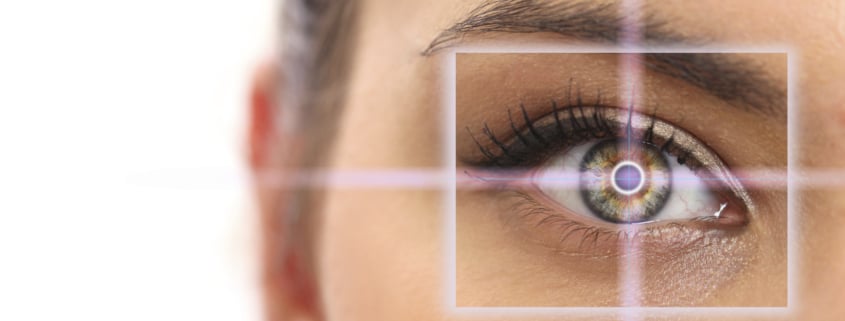Differences between LASIK and PRK vision correction options
While laser-assisted-in-situ keratomileusis (LASIK) is the most popular procedure to correct nearsightedness, farsightedness, and astigmatism, photorefractive keratectomy (PRK) was the first and most common type of laser surgery for vision correction and is still performed frequently today. So what are the differences? Here, we break down them down:
Both LASIK and PRK reshape the cornea to correct refractive errors. With LASIK, a corneal flap is created using a laser or blade. A computer-controlled surgical laser reshapes the layers of the cornea to correct distorted vision. The flap is then put back into place over the cornea and heals over the next few days. With PRK, the outer layer of the cornea called the epithelium is removed to gain access to the cornea for the laser to reshape it. After surgery, the epithelium grows back over time.
Because PRK doesn’t create a flap, it could be a better procedure for patients with thin or irregular corneas. PRK is also a good option for patients who have large pupils or concerns about complications related to the flap created during the LASIK procedure.
PRK recovery is somewhat more involved than with LASIK. This is because the epithelium is removed with PRK. Recovery can vary from a few days to a few weeks as the epithelium grows back. In most cases, you can drive a car in one to three weeks, but it can take up to six months for your final results to stabilize. With LASIK, the flap that’s created in the corneal stroma has to heal, which happens more quickly. Most patients see normally within several hours after surgery, and it takes only a few days to return to functional vision after LASIK.
The “Wavefront” technology with LASIK improves not only how much you can see but also how well you can see. This state-of-the-art technology creates a three-dimensional corneal map to guide the laser to treat your specific visual irregularities rather than a “one size fits all” approach to patients with the same prescription. This reduces the risk of post-surgery complications such as glare, halos, and problems with night vision.
Both LASIK and PRK are safe and effective surgeries. Your consultation with Dr. Jeffrey Maehara will help you determine which option is best for you. To learn more about your options for permanent vision correction, call 808.955.3937 today.




Leave a Reply
Want to join the discussion?Feel free to contribute!